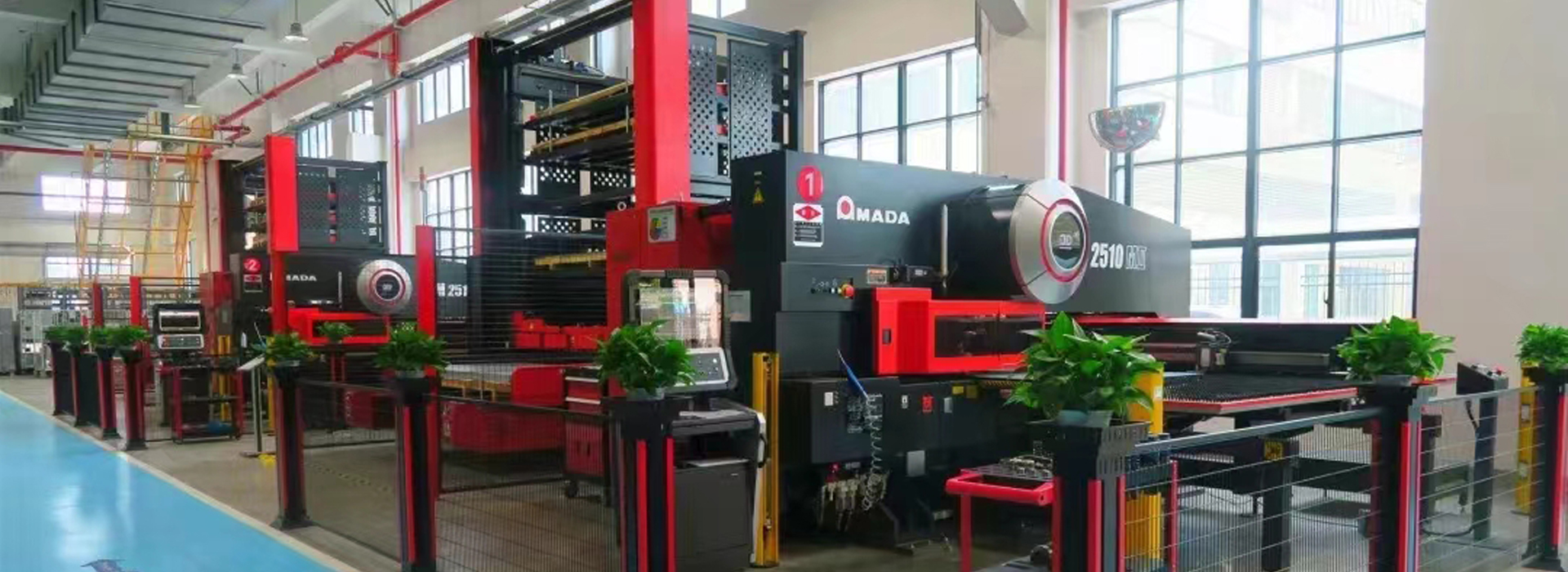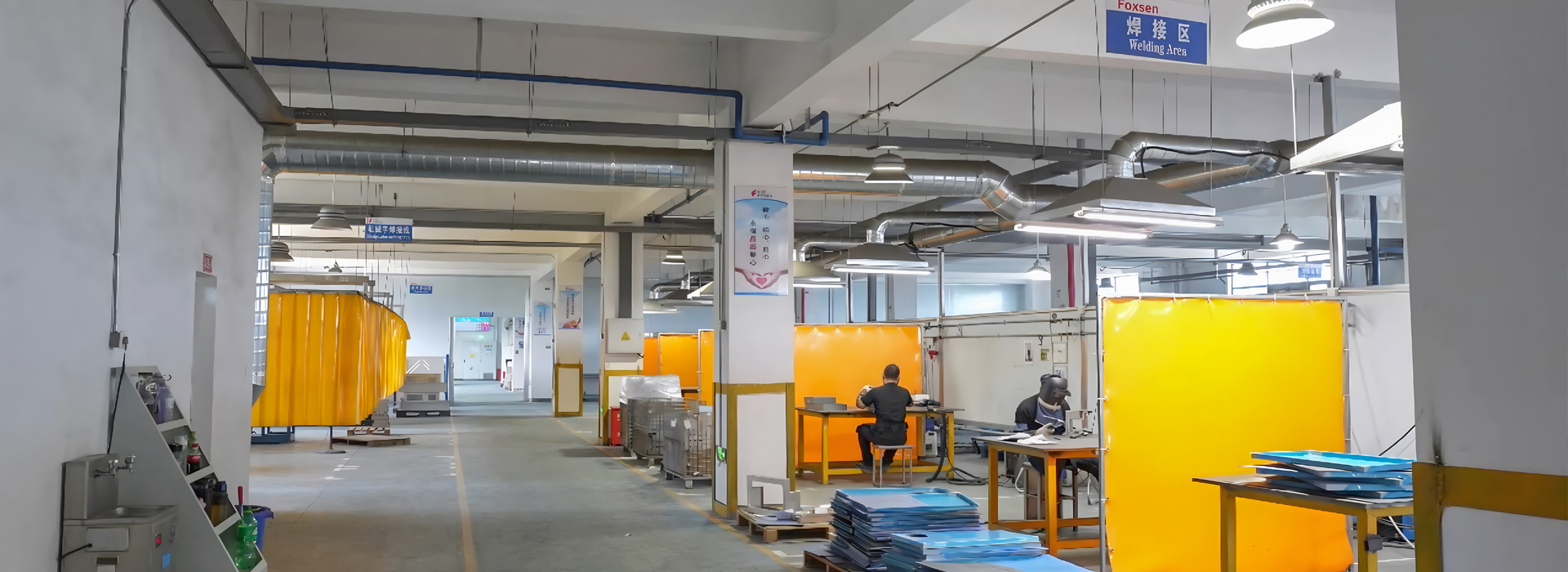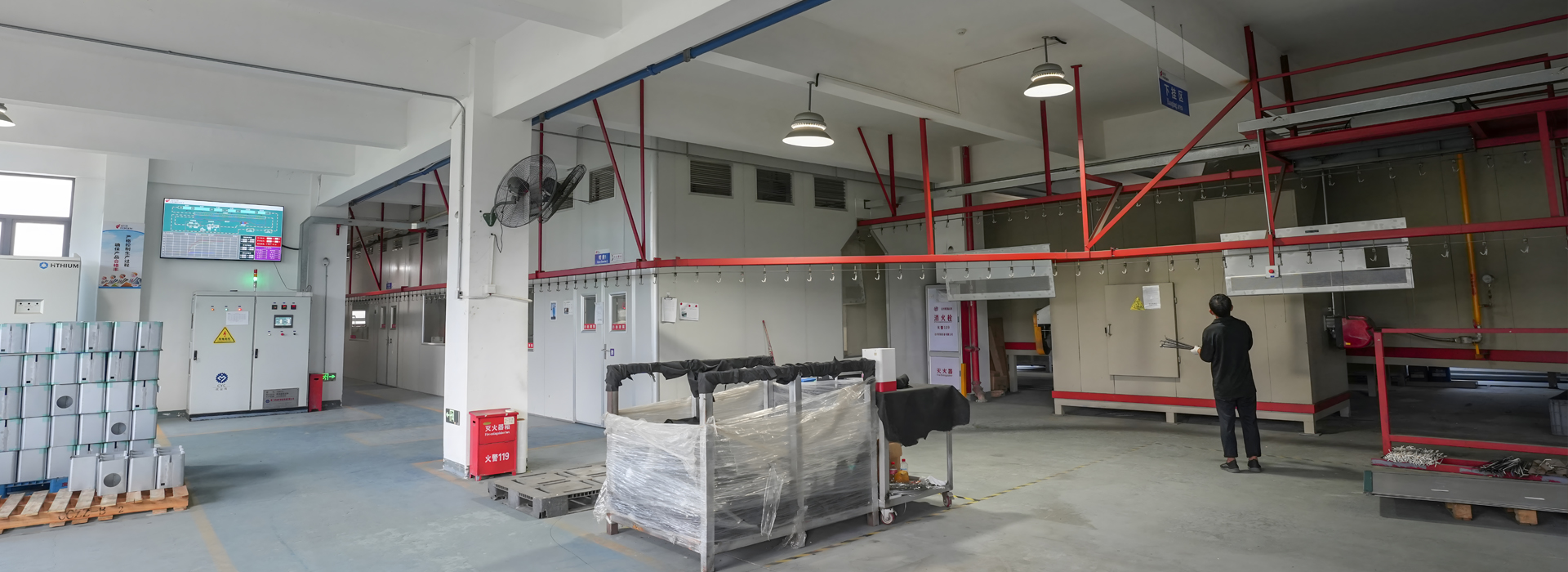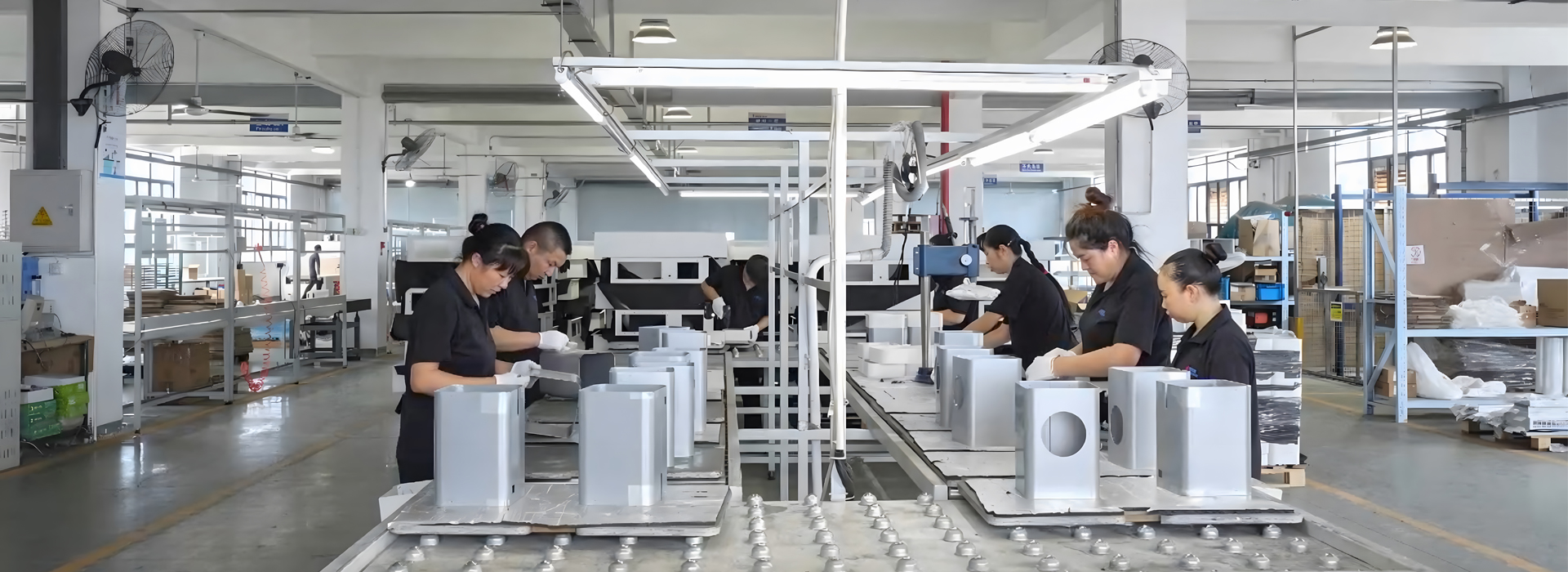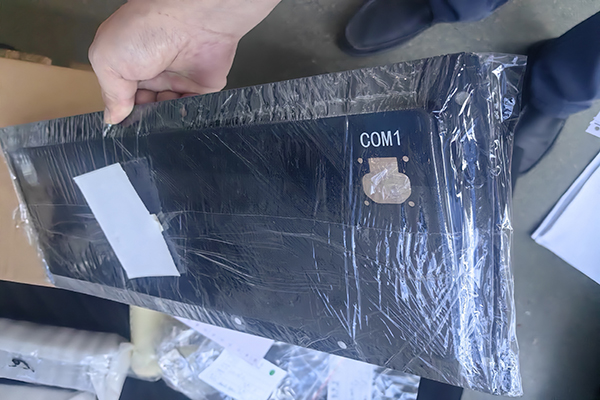In healthcare, safety and the functionality of devices are paramount. Custom-made Medical Device Enclosures help meet these needs. They protect the equipment and ensure it operates effectively in various environments. For instance, the worldwide market for these enclosures is growing rapidly, with expectations to reach USD 2.5 billion by 2033. This reflects an increasing emphasis on patient care and innovative technologies. Custom enclosures also combat germs by utilising specialised materials, making them highly beneficial in today’s medical settings.
Key Takeaways
Custom medical device covers keep harmful particles away. This helps stop infections and keeps the area clean for everyone.
These covers are made to fit certain devices. They help devices work better and make tests quicker and more correct in hospitals.
Strong materials like steel and aluminium make covers tough. They protect devices and help them work well even in hard conditions.
Easy-to-use designs, like touchscreens and wireless features, make devices simple for patients and doctors to use.
Custom covers help with care at home by connecting to home systems. They let people check their health in real time and live more independently.
Understanding Medical Device Enclosures
What Are Custom Medical Device Enclosures?
Custom medical device enclosures are special covers for medical tools. They are made to fit the exact size and needs of each device. Unlike regular covers, these are built for specific uses and environments. At Foxsen, we create strong and safe enclosures that follow healthcare rules. We use materials like stainless steel and aluminium to make them last longer. These enclosures protect the devices and help them work better.
Why Are They Important in Healthcare?
Custom enclosures are very important in hospitals and clinics. They keep patients and healthcare workers safe from harm. For example, they can block over 99.99% of harmful particles in the air. This meets strict FDA rules and lowers the risk of infections. They also help doctors by organising medical data, making patient care easier and safer. By solving these problems, custom enclosures improve healthcare technology.
What Makes Them Special?
Custom enclosures have features that make them unique. They can handle tough places like operating rooms or mobile clinics. Their surfaces kill germs, stopping infections from spreading. They are designed to fit devices perfectly and are easy to maintain. Some even connect with home care systems. At Foxsen, we make enclosures that meet all these needs, improving safety and how devices work.
Enhancing Safety in Medical Device Solutions
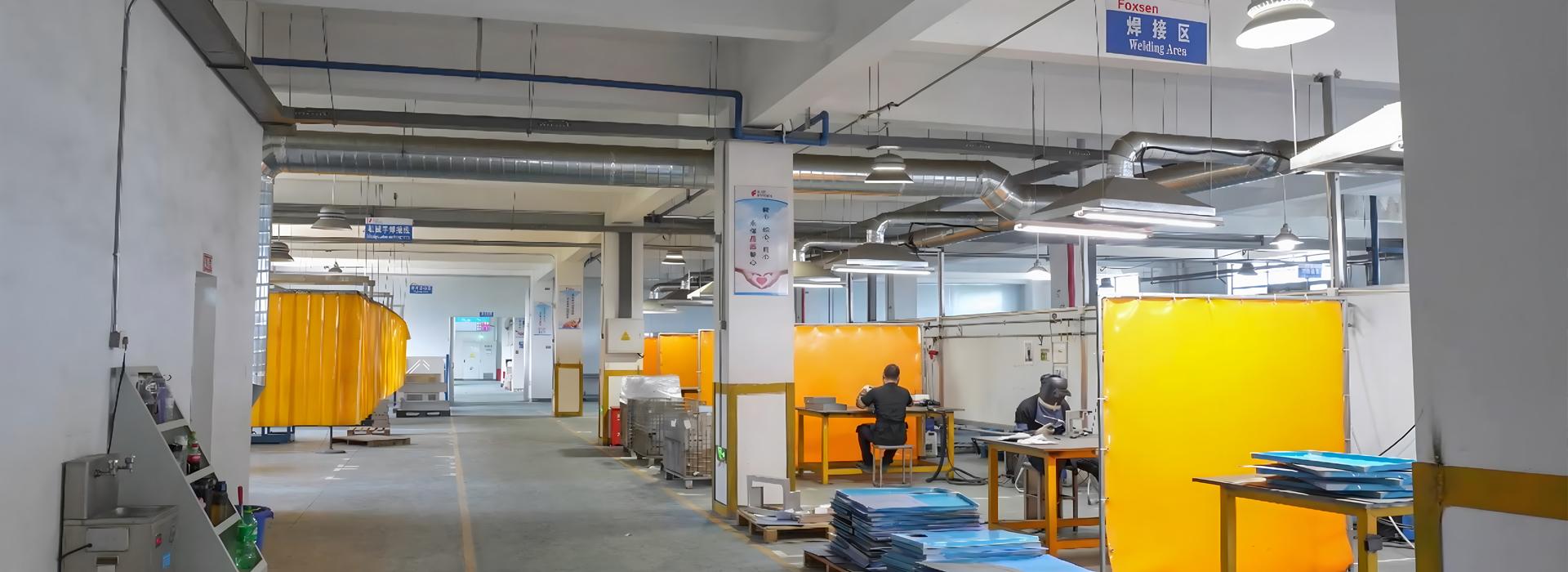
Antimicrobial Properties for Infection Prevention
Stopping infections in hospitals is very important. Custom medical device covers help by stopping germs from growing. Their surfaces are made to fight bacteria, which helps keep things clean. For example, anodised covers are smooth and easy to wipe down. This is especially useful for devices like ventilators and infusion pumps, where cleanliness matters a lot. These germ-fighting surfaces make hospitals safer for patients and staff.
Hospitals face big problems with infections spreading through dirty equipment. Custom covers help solve this by making cleaning easier and faster. This lowers the chance of germs spreading.
Shiny plastic covers are simple to clean, which helps stop infections.
Superbugs that resist antibiotics show why infection control is so important.
EMI Shielding for Operational Integrity
Electromagnetic interference (EMI) can mess up how medical devices work. Custom covers fix this by adding EMI shielding. This keeps devices working properly, even in places with lots of electronic signals.
To check if EMI shielding works, engineers run special tests. These include:
These tests prove that custom covers meet strict rules. By blocking unwanted signals, they keep medical devices working safely and reliably.
Secure Assembly for Patient and Staff Protection
Safety in hospitals isn’t just about stopping germs or fixing signals. The way medical device covers are built also matters. Well-made covers protect people from sharp edges or exposed wires. This lowers the risk of injuries during use or repairs.
Custom covers are made to fit devices perfectly. This keeps all parts in place and stops them from breaking or moving. Strong materials like stainless steel and aluminium make the covers last longer, even in tough hospital conditions.
A study showed that custom covers could trap 99% of aerosols from a manikin acting like a COVID-19 patient. With good suction, the air outside the cover stayed much cleaner.
This example shows how secure designs improve both safety and how devices work, solving key problems in healthcare today.
Improving Functionality in Point-of-Care Diagnostic Devices
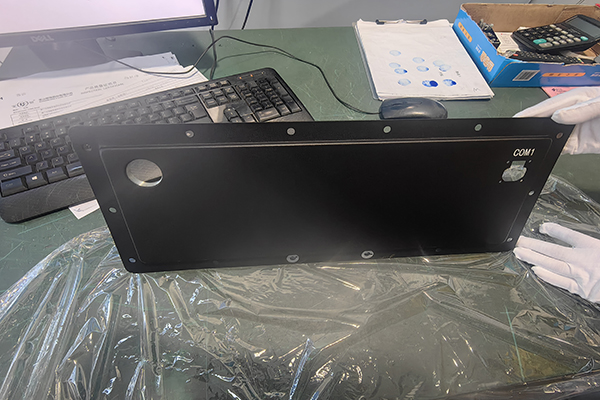
Customised Designs for Specific Use Cases
Custom designs help point-of-care devices work better. They solve specific clinical problems, making diagnostics easier and faster. For example:
Systems combine mechanical, electrical, and software parts for better results.
Multiplexing lowers costs and improves signal conversion.
Microfluidics makes tests quicker and more accurate.
Flexible materials allow non-invasive and sensitive rapid tests.
Studies show doctors prefer bedside testing during emergencies like disasters. These findings help create designs that fix issues like sample handling and device shapes. By focusing on these needs, custom enclosures improve medical device performance.
Note: Flexible materials in wearables make diagnostics easier and more useful.
Durability for Challenging Environments
Strong enclosures are crucial for devices used in tough places. Tests ensure they survive harsh conditions. These include:
UL 50 and UL 50E Testing: Check for water, dust, and stress resistance.
Impact Resistance Testing: Test strength against physical damage.
Temperature and Corrosion Resistance Testing: Ensure they work in extreme heat, cold, or chemicals.
These tests prove enclosures protect devices well, even in hard environments. This keeps devices like wearables working reliably, no matter the situation.
User-Friendly Interfaces for Enhanced Accessibility
Easy-to-use designs make diagnostic devices simpler for doctors and patients. Clear labels and ergonomic layouts help users understand them quickly. This is vital for wearables and home-use devices, where ease of use affects patient care.
Custom interfaces also improve diagnostics with features like touchscreens or wireless links. These updates make using medical devices smoother and more effective for everyone.
Solving Common Healthcare Challenges with Medical Device Enclosures
Mobility for Portable Medical Equipment
Portable medical tools are very important in healthcare today. Sometimes, heavy or bulky devices make moving them hard. Custom enclosures solve this with lightweight and small designs. These covers make it simple to move devices between rooms or buildings. For example, smaller devices for kids or petite adults are less awkward to use. This ensures devices stay easy to move, even in tough places.
Custom designs also improve how devices are controlled. Breath-activated switches or joysticks let patients use them alone. This gives users more independence and less need for help. Walking aids like crutches or poles get better grips and brackets. These changes make them steadier and more comfortable to use. By focusing on movement, custom enclosures make portable devices work better and suit different patient needs.
Accessibility for Diverse Patient Needs
Accessibility problems can make healthcare harder for some people. Custom medical device covers can help fix this. For example, wheelchairs with special seats and frames fit each person’s body. This improves comfort and makes moving around easier.
Custom covers also help amputees by fitting prosthetics to their exact size. This reduces pain and stops other injuries from happening. Tailored designs also make diagnostic tools simpler to use. Clear labels and easy-to-hold shapes help people with weak hands or fingers.
By focusing on accessibility, custom enclosures remove barriers in healthcare. They make devices work well for everyone, no matter their needs.
Integration with At-Home Care Systems
Caring for patients at home is becoming more common. Custom medical device covers help make this possible. They connect easily with home care systems, giving patients steady and reliable care.
For example, some covers for home-use devices include wireless features. These send health data to doctors in real time, helping them act quickly. Strong and compact designs mean these devices last longer at home. Easy-to-use controls make them simple for anyone to operate.
Custom covers also support remote health checks. Devices with touchscreens or voice controls make collecting health data easier. This improves test accuracy and helps patients manage their own care. By linking with home systems, custom enclosures connect hospital care to home care, keeping patients safe and supported.
Custom medical device covers are key to improving healthcare tools. They make devices safer, more useful, and easier to adapt. These covers solve problems like stopping infections, blocking signal issues, and helping all users. This makes them better for both patients and medical staff.
Smart designs improve strength, cooling, and how parts fit together, as shown below:
New ideas like modular designs and 3D printing make upgrades easier. These changes help devices adjust to future healthcare needs.
Custom covers do more than protect—they improve healthcare results.
FAQ
What are custom medical device enclosures made of?
Custom enclosures use strong metals like stainless steel or aluminium. These materials last long and follow medical rules. At FOXSEN, we pick the best material for your device. This keeps it safe and working well in healthcare settings.
How do custom enclosures prevent infections?
Custom enclosures have surfaces that fight germs and bacteria. These special surfaces stop germs from spreading. For example, smooth finishes make cleaning simple and quick. This helps keep devices clean in hospitals where hygiene is very important.
Can custom enclosures handle extreme conditions?
Yes, they can. Custom enclosures are tested for heat, cold, and damage. This ensures they work well in tough places like operating rooms. At FOXSEN, we make enclosures that protect devices in harsh environments.
Are custom enclosures compatible with home care systems?
Yes, they are. Custom enclosures work well with home care systems. They have features like wireless links and small designs. These make it easy for patients to track their health and share data with doctors.
Why choose FOXSEN for custom enclosures?
FOXSEN has 16 years of experience and uses advanced methods. We create enclosures that improve safety and how devices work. Our ISO 13485:2016 certification shows we meet top medical standards. Working with us means getting reliable and high-quality solutions.

